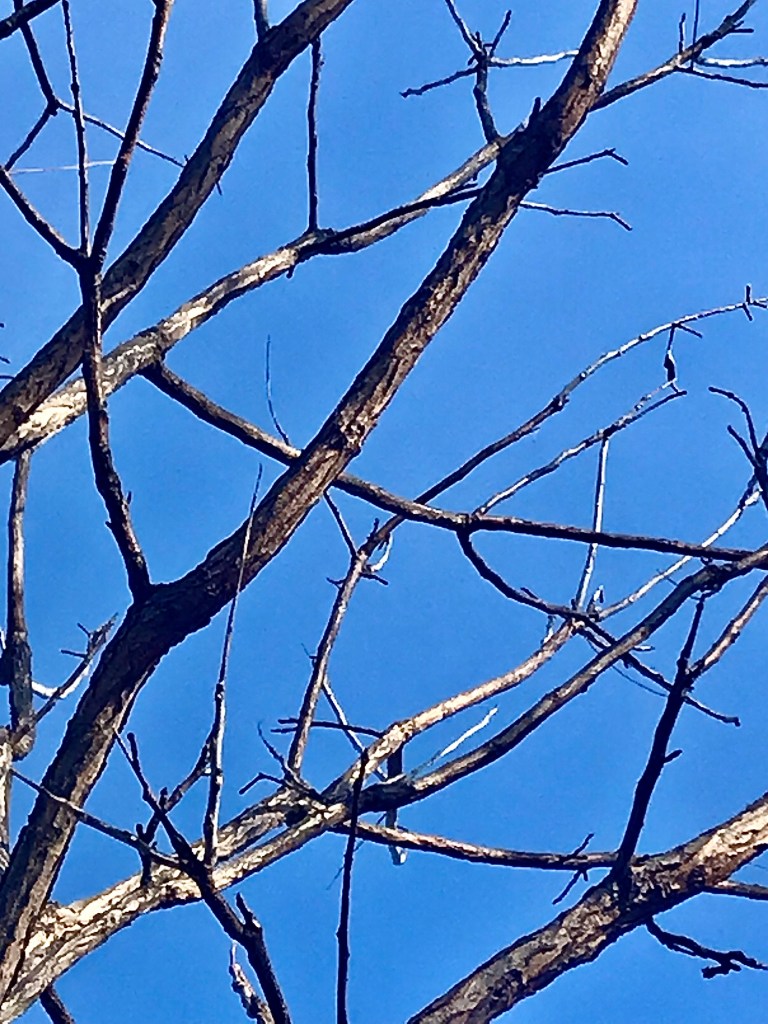music clip of the day
Category: musical thoughts
2022
Wednesday, March 16th
sounds of Ukraine
Valentin Silvestrov (1937-), Symphony No. 1 (1963-74); National Symphony Orchestra of Ukraine (Volodymyr Sirenko, cond.), Kyiv (Ukraine), 1998
**********
lagniappe
musical thoughts
Music is still song, even if one cannot literally sing it: it is not a philosophy, not a world-view. It is, above all, a chant, a song the world sings about itself, it is the musical testimony to life.
**********
random sights
yesterday, Oak Park, Ill.

2021
Thursday, December 2nd
never enough
Ludwig van Beethoven (1770-1827), Piano Sonata No. 31 in A flat major, excerpt (third movt.); Friedrich Gulda (1930-2000), live, Japan, 1993
**********
lagniappe
musical thoughts
[M]usic is a higher revelation than all wisdom and philosophy.
—Ludwig van Beethoven (J. W. N. Sullivan, Beethoven: His Spiritual Development, p. 3 [1927])
2021
Wednesday, January 20th
timeless
Bud Powell (1924-1966, piano) with Curly (aka Curley) Russell (bass), Max Roach (drums), “Un Poco Loco” (B. Powell), 1951
In the late 1980s, the renowned literary and cultural critic Harold Bloom included “Un Poco Loco” in his list of the most “sublime” works of twentieth-century American art (from his introduction to Modern Critical Interpretations: Thomas Pynchon’s Gravity’s Rainbow).
—Wikipedia
**********
random sights
other day, Oak Park, Ill.
2020
Monday, November 23rd
alone
What better way to begin the week?
Hilary Hahn (violin), live (friend’s empty place), 11/8/20: W.A. Mozart (1756-1791), Violin Concerto No. 5 in A major (K. 219, “Turkish”) and New Cadenzas (H. Hahn)
**********
lagniappe
musical thoughts
Mozart was a kind of idol to me—this rapturous singing . . . that’s always on the edge of sadness and melancholy and disappointment and heartbreak, but always ready for an outburst of the most delicious music.
—Novelist Saul Bellow (1915-2005)
**********
random sights
other day, Oak Park, Ill.
2020
Monday, September 28th
timeless
Miles Davis Quintet (MD, 1926-1991, trumpet; Wayne Shorter, 1933-, tenor saxophone; Herbie Hancock, 1940-, piano; Ron Carter, 1937-, bass; Tony Williams, 1945-1997, drums) , live, Italy (Milan), 1964
**********
lagniappe
musical thoughts
Herbie Hancock: “the best thing that Miles ever said to me.”
*****
random sights
other day, Oak Park, Ill.
2020
Saturday, April 18th
never enough
Wolfgang Amadeus Mozart (Piano sonata K.281, 0:00; Variations on “Salve tu, Domine” K.398, 21:14; Variations on “Unser dummer Pöbel meint” K.455, 29:51; Fantasy K.397, 44:27; Piano sonata K.310, 50:52), Robert Schumann (Arabeske op.18, 1:14:05; Toccata op.7, 1:21:05); Emil Gilels (1916-1985, piano), live, Moscow, 1970
**********
lagniappe
musical thoughts
Mozart was a kind of idol to me—this rapturous singing . . . that’s always on the edge of sadness and melancholy and disappointment and heartbreak, but always ready for an outburst of the most delicious music.
—Novelist Saul Bellow, 1915-2005
*****
random sights
yesterday, Oak Park, Ill.
2020
Wednesday, February 19th
sounds of New York
Herbie Nichols Trio (HN, 1919-1963, piano; Al McKibbon, bass; Art Blakey, drums), “The Third World” (H. Nichols), 1955
**********
lagniappe
random sights
other morning, Oak Park, Ill.
*****
musical thoughts
Thank you all for listening. Your open ears, open minds, and open hearts are essential to resisting the gathering darkness of our times.
—composer John Luther Adams, 2/18/20 email
2020
Wednesday, January 29th
what’s new
Max Richter (1966-, compositions, piano, keyboard) with the American Contemporary Music Ensemble (Clarice Jensen, cello & artistic director; Ben Russell, violin; Laura Lutzke, violin; Isabel Hagen, viola; Claire Bryant, cello), “On the Nature of Daylight,” “Vladimir’s Blues,” “Infra 5,” live, Washington, D.C., 1/22/20
**********
lagniappe
musical thoughts
I’m very interested in the idea of a piece of music being a place to think.
—Max Richter
*****
random sights
yesterday, Oak Park, Ill.







